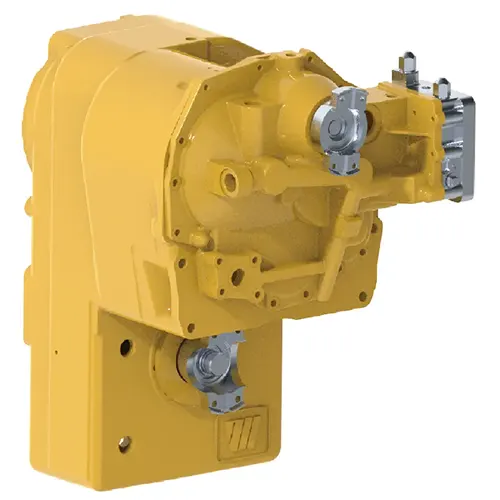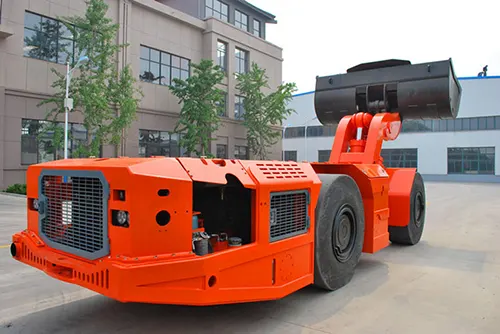Table of Contents
Introduction
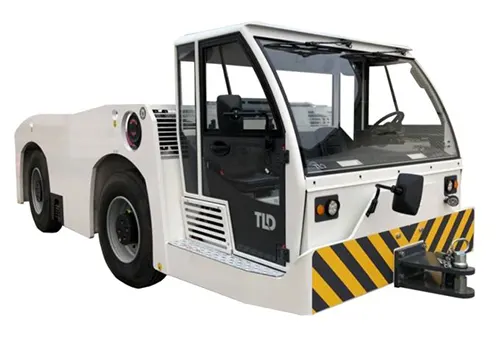
Ground Support Equipment (GSE) is the unsung hero of aviation. These mighty machines keep airports running smoothly, ensuring that aircraft are ready to take off and land without a hitch. But what keeps GSE running? The answer lies in the robust powershift transmission, the heart of many GSE vehicles.
In this blog, we’ll dive into why the powershift transmission is the backbone of GSE and how it powers everything from tugs to fuel trucks. If you’re in the industry, understanding the importance of these transmissions could be the difference between smooth operations and costly downtime.
1. What is a Powershift Transmission?
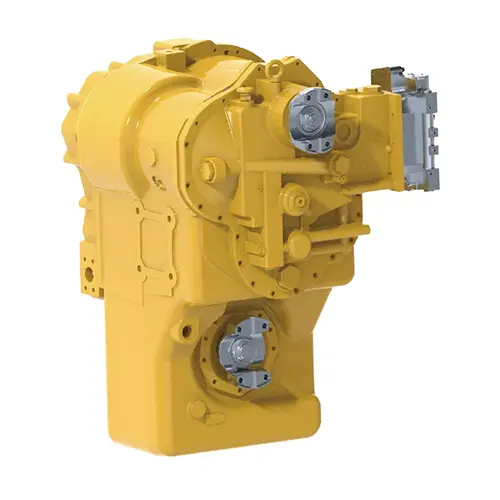
A powershift transmission is an advanced type of transmission that allows for seamless gear changes without interrupting the flow of power from the engine to the wheels. Unlike manual transmissions, where you need to disengage the clutch, powershift transmissions enable GSE vehicles to switch gears quickly and efficiently. This is crucial in high-pressure environments like airports, where every second counts.
Imagine trying to push back an aircraft with a manual transmission. You’d need to stop, shift gears, and then continue. With a powershift transmission, the process is smooth, quick, and continuous. It’s like having the best of both worlds: the control of a manual transmission with the convenience of an automatic.
2. Durability Under Pressure
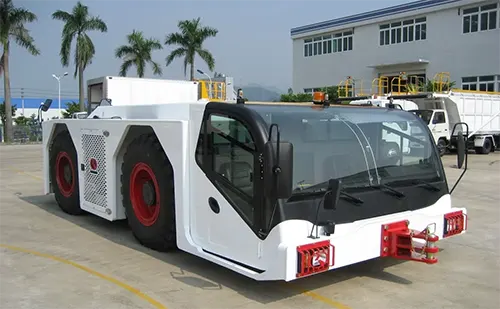
Ground Support Equipment operates in harsh conditions. Whether it’s extreme weather, heavy loads, or constant use, these machines need to be tough. Powershift transmissions are designed to withstand these challenges, offering the durability and reliability that GSE requires.
Unlike other types of transmissions, powershift transmissions are built with heavy-duty components that can handle the rigors of GSE operations. They’re less likely to overheat and can operate efficiently even under extreme pressure. This means fewer breakdowns and more uptime, which is critical in an industry where time is money.
3. Efficiency and Performance
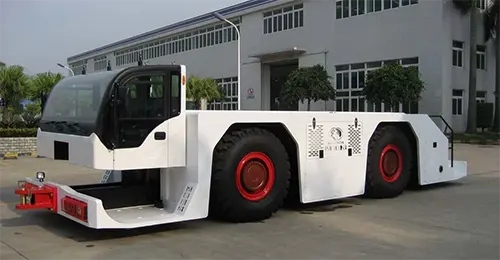
In an airport setting, efficiency is everything. Powershift transmissions are engineered to provide optimal performance, ensuring that GSE vehicles can operate at their best. These transmissions are designed to maximize power output while minimizing fuel consumption, making them both powerful and economical.
For example, a fuel truck equipped with a powershift transmission can quickly and efficiently refuel an aircraft, reducing the time spent on the ground. The same goes for tugs, cargo loaders, and other GSE vehicles. With a powershift transmission, they can get the job done faster and more efficiently, keeping airport operations running smoothly.
4. Easy Maintenance and Longevity
One of the significant advantages of powershift transmissions is their ease of maintenance. They’re designed with simplicity in mind, making them easier to service and repair. This is particularly important in the GSE industry, where downtime can be costly.
Regular maintenance of powershift transmissions is straightforward, ensuring that they remain in peak condition for longer periods. This longevity translates to cost savings, as companies spend less on repairs and replacements. In the long run, a powershift transmission is an investment that pays for itself many times over.
5. Versatility Across GSE Vehicles
Powershift transmissions are not a one-size-fits-all solution. They’re versatile enough to be used in a wide range of GSE vehicles, from baggage tractors to catering trucks. This adaptability makes them the go-to choice for many airport operations.
No matter the type of vehicle, powershift transmissions provide the power and control needed to handle the specific demands of GSE. Whether it’s the precision required for cargo handling or the brute force needed for towing aircraft, these transmissions can do it all.
6. Safety First
Safety is a top priority in any airport operation, and powershift transmissions contribute to safer working conditions. By providing smooth and controlled power delivery, these transmissions reduce the risk of accidents caused by sudden gear changes or loss of power.
For instance, when a tug is moving an aircraft, a sudden jolt from a gear change could lead to a dangerous situation. Powershift transmissions eliminate this risk, providing a steady flow of power that ensures safe and smooth operations.
7. The Future of GSE with Powershift Transmissions
As technology advances, powershift transmissions are becoming even more efficient and reliable. Innovations in materials, design, and manufacturing are leading to transmissions that are lighter, more durable, and more responsive than ever before.
For those in the GSE industry, staying ahead of these advancements is crucial. Investing in the latest powershift transmission technology can give you a competitive edge, ensuring that your equipment is always performing at its best.
Conclusion
Powershift transmissions are more than just a component in GSE vehicles—they’re the driving force behind the entire operation. Their durability, efficiency, and versatility make them the backbone of ground support equipment, ensuring that airports run smoothly and safely.
If you’re looking to upgrade your GSE fleet or simply want to ensure that your current equipment is operating at its best, consider the benefits of a powershift transmission. With the right transmission, you can keep your operations running like a well-oiled machine.

